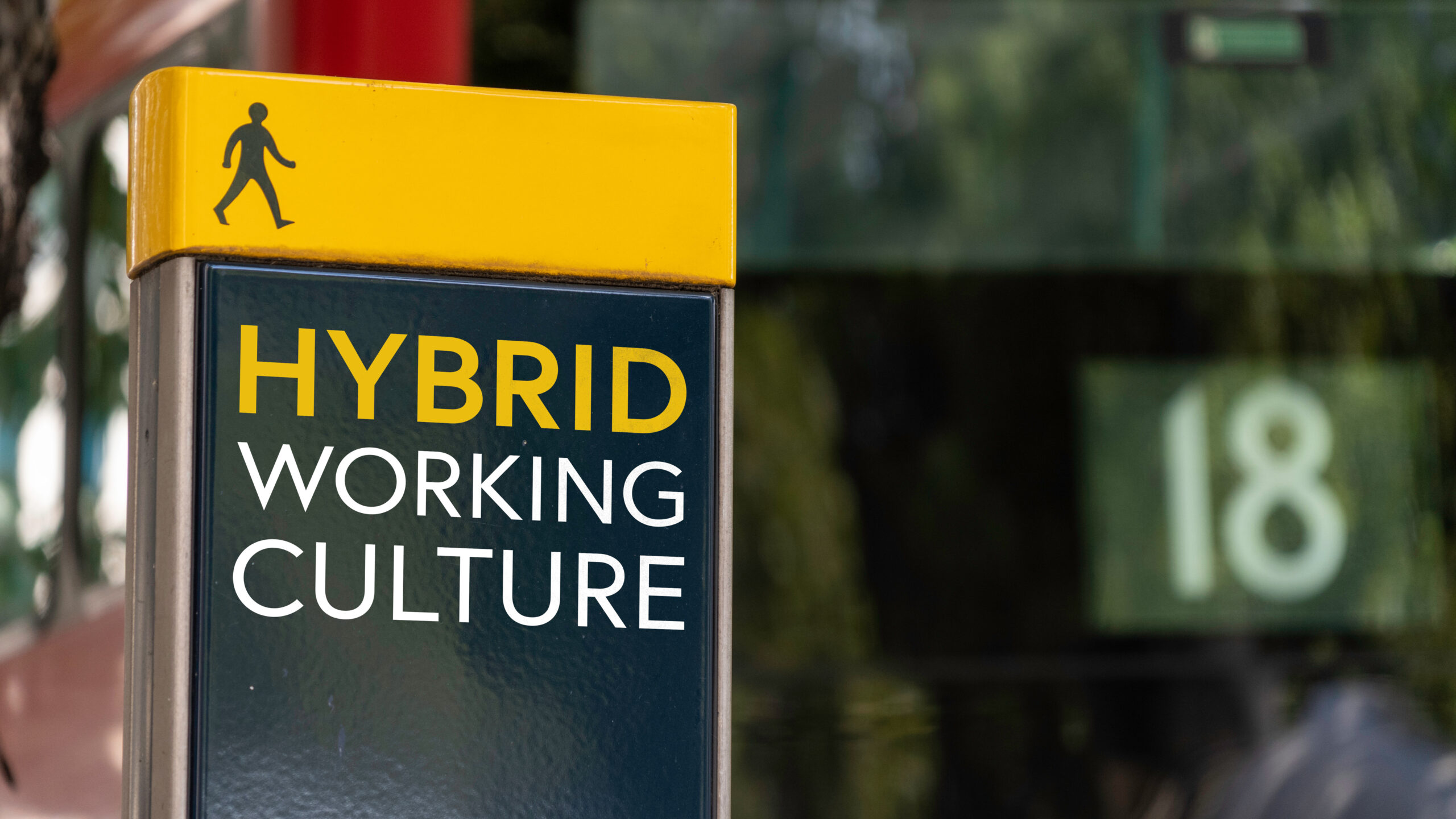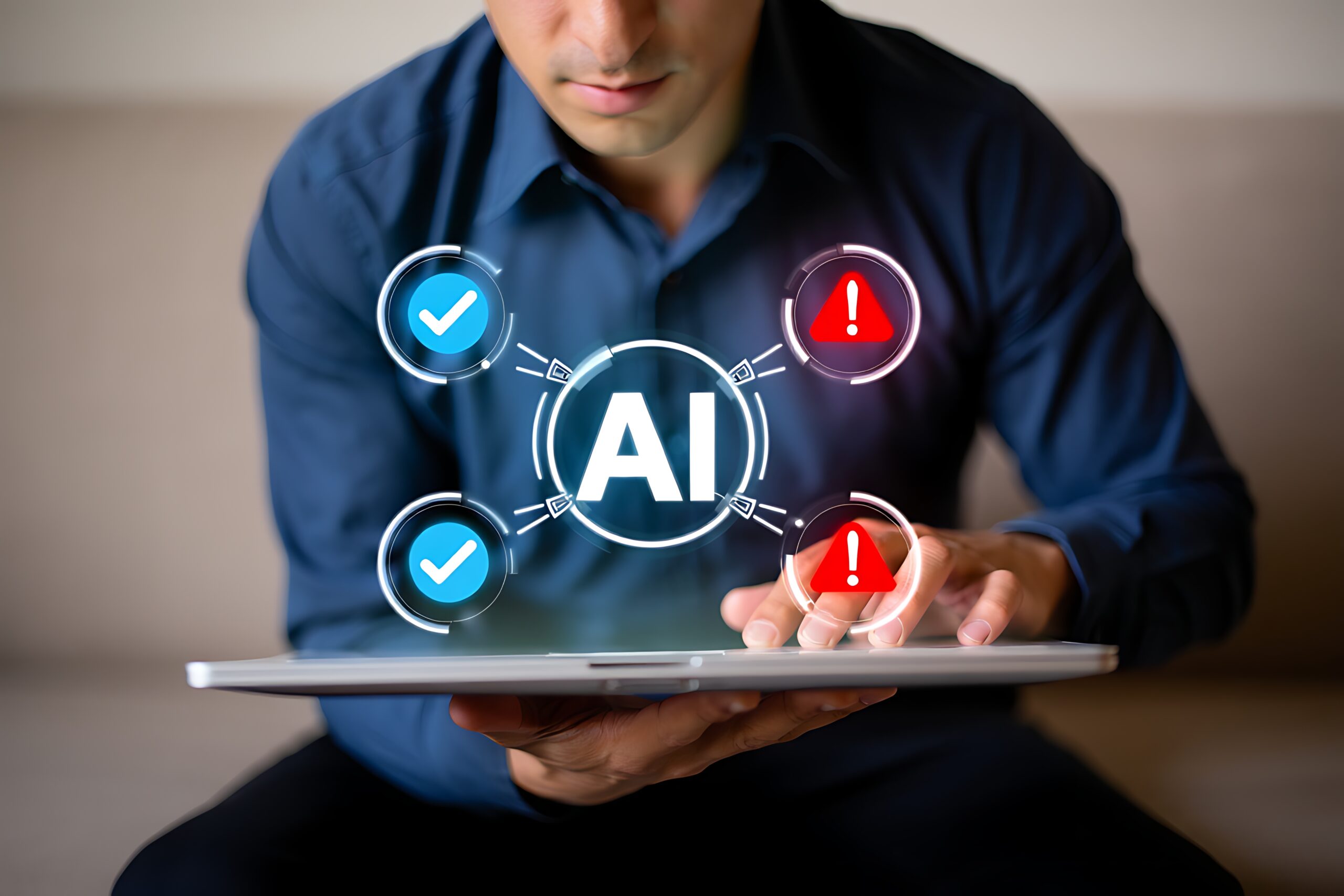Hybrid working isn’t broken; but it is being left to chance. Gary Cookson shows how L&D can fix it: define team norms, build purposeful onsite experiences, enable collaboration and management capabilities, and support individuals with real-time learning tools. Enabling hybrid by design, can only drive improve engagement, productivity and retention.
Why are we still talking about hybrid working? Isn’t it all so very 2022?
Not so. It is often in the media as various organisations (or, more specifically, the leader of that organisation) decide that they must make everyone “return to the office”. Whilst we can pick at the lack of evidence to support such opinions, the opinions are based on something – and it is usually a sign that, in that organisation, hybrid hasn’t been working. It hasn’t been working in lots of places for that matter, but the good news is that it can be fixed, and the L&D team can be the ones to fix it. In this article we will examine what goes wrong, and what L&D must consider in order to get it right.
How does hybrid work?
In a very general sense, it is about embracing flexibility in where, when, and how work is done. But there’s no one size fits all approach to it. What it means to you, your team, and your organisation is different to anyone else. That’s because work has always been a different, personalised experience even if you do the same job as someone else. They’re not you. You think, act, and behave differently.
Hybrid allows for organisational priorities to be aligned closely with individual preferences
Done right, hybrid taps into the nature of each task, examining where, when, and how it is best done, and potentially also by whom. It allows for organisational priorities to be aligned closely with individual preferences, and as a result of personalising the employee experience, taps into great motivation and enhanced productivity.
Hybrid work can work, but only if we want it to. If we leave it to chance, it is unlikely to. With conscious and intentional effort, it usually will. There is certainly the groundswell of opinion amongst the global workforce that they want it to work, but they are also telling us what isn’t working now and that people need to return to the office (RTO). This includes onsite experiences, team relationships, mutual expectations and more. The CIPD state that 4 million employees have changed jobs in the last year to seek more flexibility, and Gallup show that a massive 77% of global employees are not engaged at work. Microsoft say that 85% of managers are struggling to manage their teams in a hybrid environment.
What we’ve been doing clearly isn’t working.
Why isn’t hybrid working?
It can be difficult to change what work is, what our organisations are there for, and the nature of the employment relationship. But that has already happened from the employee’s perspective, and in our organisations we can either catch up, or try to turn the clock back.
Turning the clock back is what organisations who mandate an RTO are attempting to do. Unfortunately, this applies a one size fits all approach to something that needs the opposite. It creates a collective experience of work when the prevailing preference of employees is, again, opposite. And it is largely because organisations have left too much to chance: they have assumed that simply changing where work is done, and deciding on their days-of-the-week hybrid split, is enough.
It isn’t enough. Hybrid, done well, is a fundamental reimagining of work and touches every aspect of the organisational system, not just where work is done. The knowledge, skills and mindset needed for hybrid to work is multifaceted and layered. It isn’t the same as wholly onsite working’s knowledge, skills and mindset. There’s a key role for L&D here in helping individuals, teams and organisations not just to learn how to do their work better, but in learning how to work in a very different world of work.
What can L&D do to help teams, managers, and individual employees?
Teams
In a co-located working environment, the rules of working together are long and well established. It is part of the culture, custom and practice. There are unwritten rules. But hybrid teams need to explicitly define these.
Hybrid teams need to be given structure to be able to operate effectively, and whilst the manager of the team can play a big part in establishing this structure, it could be the role of L&D to create a template for this and ensure consistency of use across the organisation, and to help managers and teams work their way through that.
L&D should also take a lead in the establishment of digital communities for teams and across organisations to manage knowledge sharing and collaboration, and guiding on the use of these things. L&D should provide help with transitioning to asynchronous work, and in making communication and collaboration purposeful regardless of whether onsite or virtual. L&D should also keep an eye on how new starters are inducted and onboarded into hybrid teams, since this too is different than if entirely onsite.
Managers
Managers must ensure that if they must get their hybrid employees to come onsite that there is purpose to this. An onsite experience needs to be one that connects employees to each other and builds their social capital, whilst reminding them of ways to keep connections going digitally in between the onsite time. Managers must create this, as well as creating the digital methods that build community amongst their team, keeping conversations going. And they’ll need help and support to do this from L&D professionals.
As much as anything this is a mindset shift. From the work of the team only (or best) being done when onsite, to distributed work that uses technology and asynchronous working to ensure work is done where and when it is best to do so. From only using sensory data, to using wider forms of input and evidence to personalise the management relationship with each of their reports.
To achieve this, L&D professionals should reboot leadership and management development in their organisations. We cannot assume that managers who have been good at onsite, face-to-face management will automatically be good at managing in the new world of work. The skillset and mindset requirements are different. It is a distinct world of work. If we are serious about making this new world of work work, then the key people to develop will be managers, as they could make or break the overall approach.
Individuals
This is about helping people to learn how to work, not how to do their jobs. If hybrid is now the norm, most people haven’t been shown how to make the most of this. We must guard against making assumptions that the way we entered the workplace, and experienced work is the same way that those entering it now are experiencing it. It isn’t – so much has changed.
We must adapt to the needs and expectations of those entering the world of work, not try to get them to conform to our norms and rules which are often out-dated
My 23-year-old son has grown up with a smartphone in his hand. He had over a decade of experience building social media communities with people who he had never seen in person before entering the world of work. He is highly skilled at collaborating with people via video or audio-only to plan projects, programmes, sporting tactics, car heists, or full-blown warfare on his PlayStation and Nintendo. He can communicate entirely through gifs, emojis, memes and Snapchat filters. The last few years of his compulsory education were dominated by remote learning. He’s been used to getting things delivered to the house his entire life. All of this was achieved in the home. No wonder that he, and others like him, expect work to be something they do, not somewhere they go. And for learning to be something done through a device.
If work is different, we need a different solution
The world of work is different now. The experience is different. The technology is different. We must adapt to the needs and expectations of those entering the world of work, not try to get them to conform to our norms and rules which are often out-dated. Forcing people into the office when their entire lives have involved having things delivered to their homes is a recipe for trouble. We think the office is the only place they can learn, build relationships, be in communities. We are wrong. Making someone go to the office to learn takes them away from the place they are most comfortable learning, all because we didn’t grow up the same way.
Learning how to be successful in a hybrid workplace is different for each individual and different than if fully onsite. L&D need to be providing a range of support mechanisms that help individuals to grow, and to connect to other employees. L&D need to be working on the culture so that it is supportive of hybrid working. L&D need to be providing a wide range of learning tools and methods to enable individual hybrid workers to access help when they need it, in real time, at the point of need. The main place hybrid workers learn is not a live session, but via other methods.
There is much for L&D to do. A big challenge lies ahead – but if we are to make hybrid working work, L&D professionals need to play a huge role.
Gary Cookson is Director of EPIC HR




